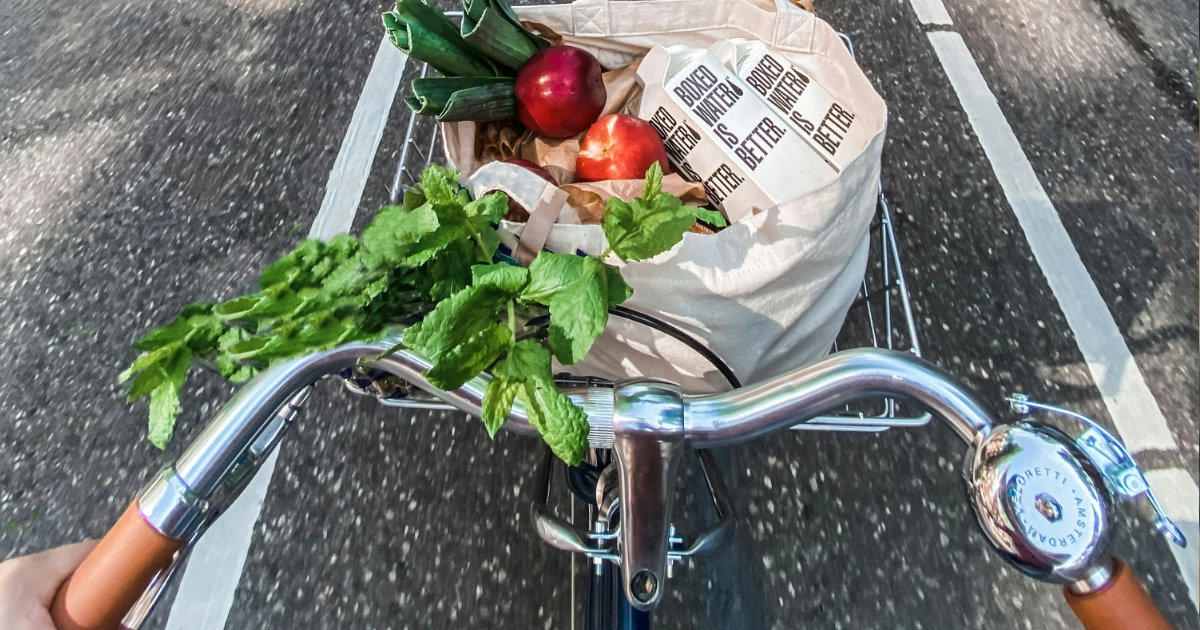The great global challenge of the 21st century refers to the right to a sustainable society, which implies the observance of economic, social, and environmental aspects. This is reflected also in urban mobility both in theoretical and practical terms. New ways of thinking about urban mobility should be built taking into account the demands of accessibility and sustainability, using communication technologies as a way of more agile and effective mobility than any means of land, water, or air. The city’s curriculum advocates dialogue with the dynamics and dilemmas of society contemporary, which results in the active participation of the new generations in the local reality and global.
The purpose of the “knowledge matrix” is to train ethics, responsibility, and solidarity, which strengthen a more inclusive, democratic, prosperous, and sustainable. The study of urban mobility, proposed here, in line with the guiding axes of the city’s curriculum advocates that knowing and understanding one’s own reality favors the integral education of the student, encouraging him to interfere in this reality and face the challenges it presents, for the conquest of a safe and accessible mobility for all people. The debate on topics such as human rights, inclusion, technological advancement, environment, sustainability, and accessibility needs to be carried out by both the government and civil society, including within the walls of the school. According to the geographer Aziz Ab’Saber, “The role of the Basic Education teacher must be to encourage students to build knowledge of the region where they live, from the limits territorial terms to geographic, economic and political characteristics. This information will serve to locate him as a citizen and will always serve as a basis for any study of larger spaces, the so-called macro-regions.” Course details: “Urban Mobility – Educating for a New Era”; “Pedagogical Aspects of Education for Mobility”; “Sustainable Mobility – From Balance to walking around the City” “Urban Mobility – Educating to Travel Safely”; “Urban Mobility in the 21st Century – Accessibility, Sustainability and Technology”; “Art – Education – An Interface with Urban Mobility”

